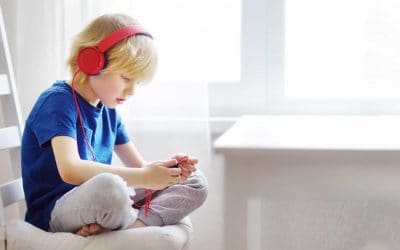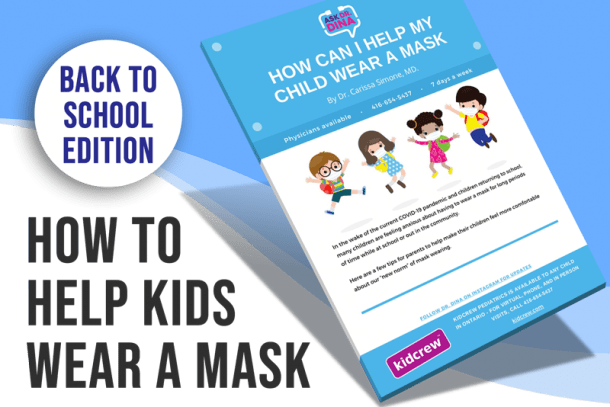Sun Safety For Kids
Sun care is an important topic of health and safety for children. I am sure it seems far away right now, but the summer is coming and soon we will need to be protecting our children and ourselves. It is a balance, as our children do need vitamin D, and for this we need exposure to sun. Unprotected exposure to the sun’s ultraviolet rays can lead to skin damage, immune system suppression and skin cancer.
Much sun exposure takes place as children, so it’s important for parents to ensure sun safety.
Main types of ultraviolet rays
- UVA – these types of ultraviolet rays lead to wrinkling, aging and risk of skin cancer. These make up the majority of our sun exposure. Tanning bed use increases the risk of skin cancer exponentially, especially if exposed before 35 years old
- UVB – the rays cause sunburns, suppressed immune system and cataracts. Melanoma, the most dangerous of skin cancers, is associated with severe UVB sunburns that occur in childhood.
What is melanin?
Melanin is our body’s first defense against the sun, as it absorbs UV rays before causing skin damage. Different concentrations of melanin lead to different skin colors. Melatonin increases in response to sun exposure which is why you get darker with sun exposure.
The risk of damage from the sun is related to the intensity and duration of sun exposure. Therefore, children that are outside for more hours of the day, at peak times, are more at risk of sun damage. Children that are most at risk have:
- Very fair skin
- A family history of skin cancer
- Moles on the skin
When is the sun most dangerous?
UV is strongest in summer, near the equator and at high altitudes. Therefore, even when skiing in the winter, if at high altitudes, one may need sunscreen.
Seek shade when the sun is at its highest, and strongest, usually between 10 AM and 4 PM. If your children are in the sun please apply sunscreen. Most sun damage occurs during incidental exposure during day-to-day activities.
Even when it is cool or cloudy outside, ultraviolet rays travel through the clouds, providing a false sense of protection. This “hidden sun” can actually cause sunburn too. Please avoid tanning beds, as those used that are at much increased risk of melanoma.
Preventing sun damage
- Avoid the sun at peak hours
- Cover up. Ultraviolet protecting shirts and shorts will help prevent burn.
- Use sunscreen consistently – there are now thousands of different sunscreens available for children. Before one year of age, I suggest using a barrier sunscreen, which is made from zinc and not other chemicals. Try to select SPF of 30 or higher to prevent sunburn and sun damage. Ensure your sunscreen protects against both UVA and UVB. If your child has very sensitive skin, try using a sunscreen with no PABA.
- Protective eyewear – sun can damage the eyes as well as the skin. Cumulative exposure can lead to cataracts later in life. There are many good products that keep the eyes protected for children. Ensure sunglasses contain a label that says they provide 100% UV protection.
Sunscreen application
- Apply sunscreen whenever your children are in the sun
- Apply 15 to 30 minutes before kids go outside
- Don’t forget the ears, hands, feet, behind the neck and shoulders.
- Apply sunscreen underneath the straps of bathing suits and clothing to ensure that the skin is covered should garments move.
- Reapply sunscreen often, at least every two hours. Apply after sweating and swimming.
- Consider using a waterproof sunscreen if your child will be wet.
Sunburn care
Many children will not notice that they are burned until hours later. Sunburn causes pain and discomfort. It may feel itchy and tight. A week after a burn the skin will begin to peal. Encourage your child not to scratch or peal the skin as this may increase the risk of infection.
If your child does get sunburn, here is how to help:
- Take a cold bath, and apply cool, wet compresses to the skin
- Apply aloe Vera gel to sunburned skin
- Give your child anti-inflammatory medication such as ibuprofen to lessen the pain. Do not give aspirin to children.
- For mildly sunburned skin, apply moisturizing cream, to rehydrate the area and prevent itching
- Your doctor may give you a topical steroid ointments to soothe the area.
- If your child has severe sunburn, with blisters, please see your doctor. Some children were burned so badly that they require burn care.
Here’s some useful information on how to travel safely with your children.
Dina is a wife, mother of 4, and adrenaline junky. She loves to share children’s health information from her professional and personal experience. More About Dr Dina.










